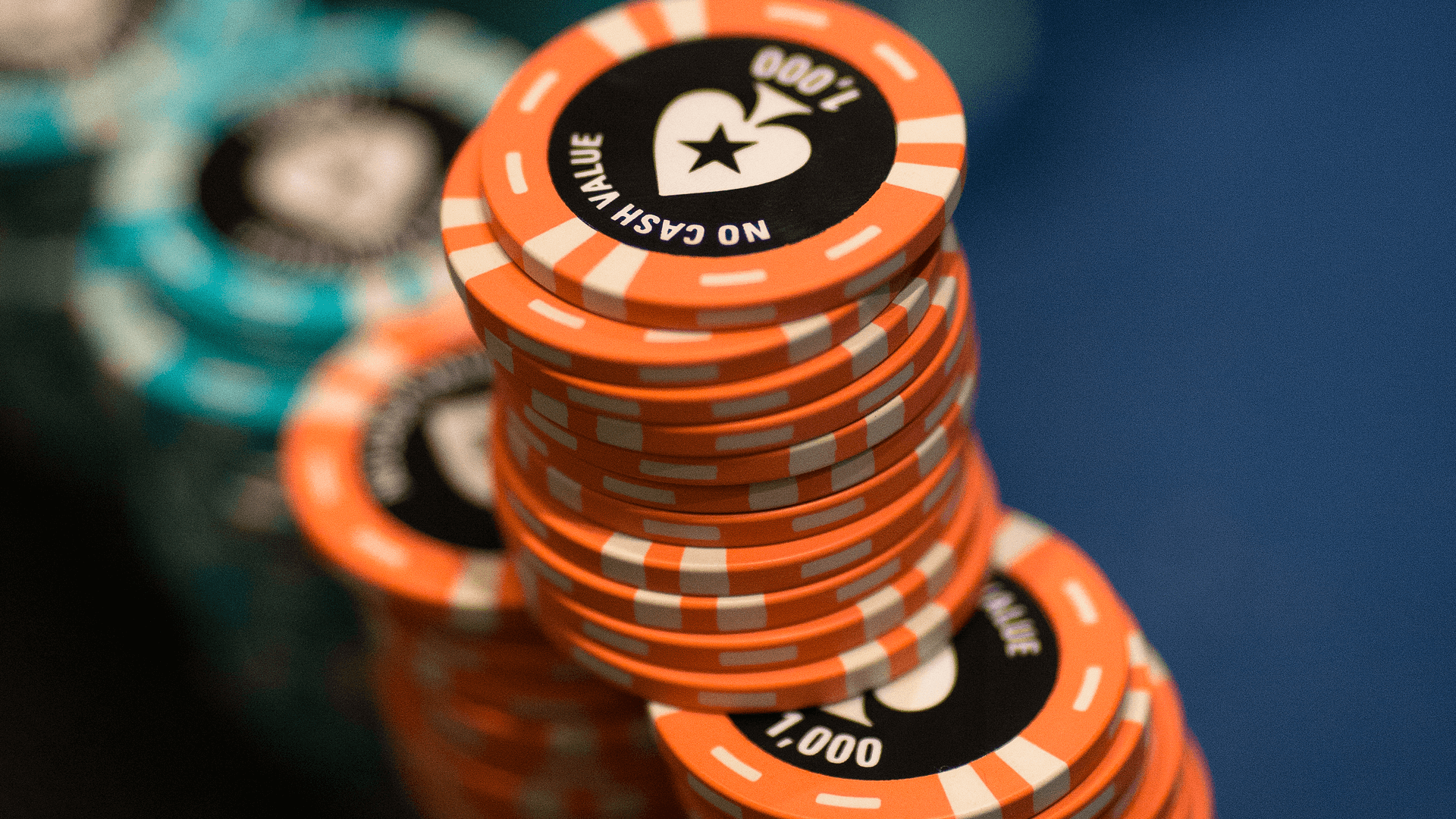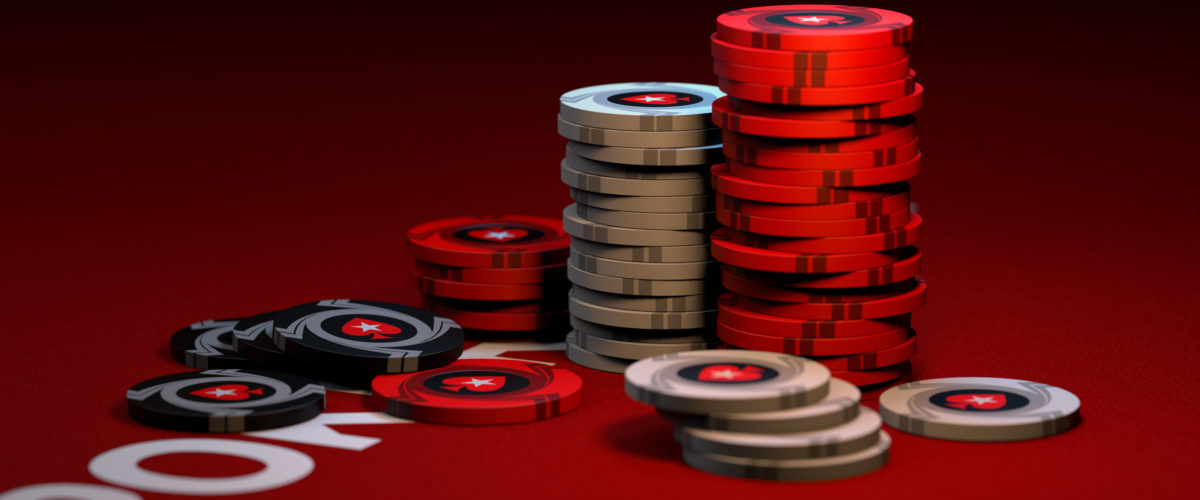Bluffing (Part 2)
This is the second in a four-part series on bluffing. It’s time to delve into the whys and wherefores of bluffing, and listen to another tale about one of the great bluffs in poker’s storied history.
Keep ’em Guessing
What should you do about players who bluff some, but not all of the time? There’s no easy answer. Opponents who bluff some of the time are better poker players than those found at either end of the bluffing spectrum. Better players, of course, will be able to keep you guessing about whether or not they are bluffing. And when you’re forced to guess, you will be wrong some of the time. That’s just the way it is.
Of course, you might be able to pick up a tell and know when your opponent is bluffing, but that’s not too likely in most cases. The sad truth is that players who keep you guessing are going to give you much more trouble than predictable opponents.
In most low-limit games, players bluff much too often. After all, when you are playing fixed limit poker all it can cost is one additional bet to see someone’s hand. And the pots are usually big enough relative to the size of a bet to make calling the right decision.
Here’s an example. Suppose the pot contains $90, and your opponent makes a $10 bet. That pot now contains $100, and the cost of your call is only $10. Even if you figure your opponent to be bluffing only one time in ten, you should call. By calling, you’d lose a $10 bet nine times, for a loss of $90. Although you’d win only once, that pot would be worth $100. After ten such occurrences, you’d show a net profit of $10. As a result, you could say that regardless of the outcome of any particular hand, each call was worth one dollar to you.
The Threat of Bluffing
The threat of a bluff is just as important as a bluff itself. A good player, one who bluffs neither too often nor too infrequently, and seems to do so under the right conditions, has something else going for him too. It’s the threat of a bluff. Does he have the goods or is he bluffing? How can you tell? If you can’t, how do you know what to do when he bets?
These answers are not come by easily. And even top-notch players are not going to have a terrific batting average in most cases. As a result, the threat of a bluff combined with the bluff itself, is designed to help a player win some pots that he would otherwise lose, and to win more money in pots where he actually has the best hand.
After all, if you have the best hand and come out betting, your opponent won’t always know whether you’re bluffing or not. If there’s a lot of money in the pot, he’ll probably call. That’s the less costly error. After all, if he were to throw the winning hand away and relinquish a big pot, that’s a much more costly faux pas than calling one additional bet.
Bluffing and the threat of bluffing go hand-in-hand. A bluff can enable a player to win a pot he figured to lose if the hands were shown down. The threat of a bluff enables a player with a good hand to win more money than he would if his opponent knew he never bluffed.
A Balanced Approach to Bluffing
A successful poker player has to adopt a middle ground strategy. This means that sometimes you’ll be called when you bluffed and lose that bet. Other times you will release the best hand because an opponent successfully bluffed you out of the pot.
Neither is enjoyable. Just remember that making errors is inevitable when you deal with incomplete information. One can call too often or not enough. One can bluff too often or not at all. And the only way to eliminate errors at one extreme is to commit them at the other.

The Bluffing Paradox
Very cautious players, who never call unless certain of winning, will avoid calling with a lesser hand, but will often relinquish a pot they would have won. Players who call all the time will capture just about every pot they could possibly win, but will find themselves holding the short straw far too often when the hands are shown down.
The paradox is that good players will make both kinds of errors some of the time, in order to avoid being a predictable player at one or the other end of the bluffing-calling spectrum.
After all, there’s a relationship between risk and reward. If you are never caught bluffing, you are either the best bluffer in the history of poker or you are not bluffing often enough.
If you are caught almost every time you bluff, you’re bluffing much too frequently. If you call all the time, you will never lose a pot you could have won, and if you seldom call, your opponents will learn that they can win by betting and driving you off the pot unless you have a very strong hand.
Bluffing, after all, is much like mom’s advice: “All things in moderation.” There’ll be more moderately sage advice next issue, but for now, here another of poker’s more storied bluffs; this one related by English author Al Alvarex, in “The Biggest Game In Town,” a wonderfully accurate and insightful look at the World Series of Poker.
Famous Bluffs: Jack Strauss and the Seven-Deuce
The late Jack Strauss, who won the 1982 World Series of Poker, was a man known for his creativity, flair and imagination at the poker table, as well as his willingness to risk all he had if he liked the odds. Once, in a no-limit Hold’em game, Strauss was dealt a seven and a deuce of different suits.
It’s one of the worst starting hands in the deck – one the overwhelming majority of players would throw away without a moment’s hesitation. But not Strauss; not this time. “I was on a rush,” he said, “so I raised.” One player called. The flop was 7-3-3, giving Strauss two pair, albeit with a kicker that couldn’t even beat the board. As Strauss bet again, he realized he had made a mistake. His opponent, who did not hesitate as he reached for his chips, raised Strauss $5,000. Strauss realized his opponent had a big pair in the hole, and the logical move would have been to give up the bluff and release his hand.
But Strauss called, which must have caused his opponent to question whether he, indeed, had the best hand. The fourth card was a deuce. It paired Strauss’ other hole card, but it was worthless since there was already a communal pair of threes on the board. Strauss fired out a bet: $18,000. As his opponent paused to consider whether Strauss had a hand or was bluffing, Jack Strauss leaned forward, saying: “I’ll tell you what, just gimme one of those $25 chips of yours and you can see either one of my cards – whichever one you choose.” After another long pause, Strauss’ opponent tossed over a single green chip and points to one of the two cards that were face down in front of Jack Strauss. Strauss flips over the deuce. Now there’s another long pause.
Finally Jack Strauss’s opponent concludes that both cards were the same, and that Strauss made a full house – deuces full of threes – and throws the winning hand away.
“It was just a matter of psychology,” Strauss was reputed to have said later. But to most observers it wasn’t psychology at all. It was magic, pure and simple.

